Introduction
This large-leaved, easily grown philodendron makes a dramatic, tropical statement wherever it is used in the landscape, eventually developing a 3- to 4-foot-long, tree-like trunk and a spread of 8 to 10 feet. The deeply divided, usually drooping, medium green leaves grow up to three feet long and 12 to 18 inches wide, appearing on long, smooth petioles. It can be grown outside in central and south Florida, and in a protected area in Gainesville or Jacksonville.
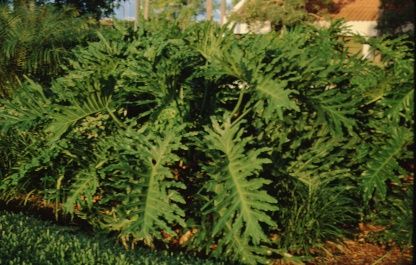
Credit: Edward F. Gilman, UF/IFAS
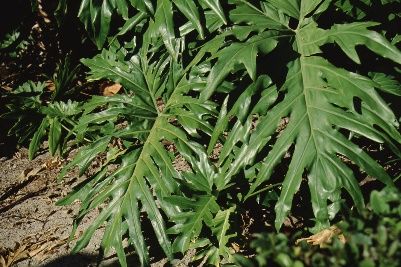
Credit: Edward F. Gilman, UF/IFAS
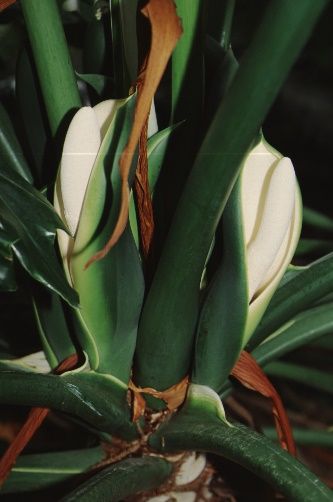
Credit: Edward F. Gilman, UF/IFAS
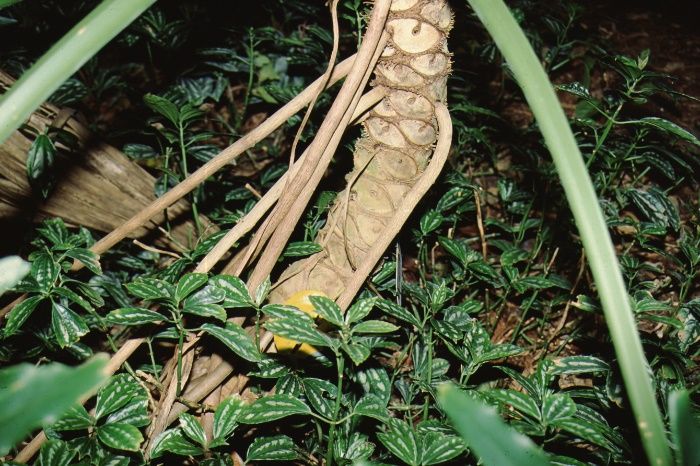
Credit: Edward F. Gilman, UF/IFAS
General Information
Scientific name: Philodendron selloum
Pronunciation: fill-loe-DEN-drun sell-LOE-um
Common name(s): selloum, philodendron
Family: Araceae
Plant type: shrub
USDA hardiness zones: 8B through 11 (Figure 5)
Planting month for zone 8: year-round
Planting month for zone 9: year-round
Planting month for zone 10 and 11: year-round
Origin: not native to North America
Invasive potential: not known to be invasive
Uses: mass planting; specimen; container or above-ground planter; foundation; accent; suitable for growing indoors
Availability: generally available in many areas within its hardiness range
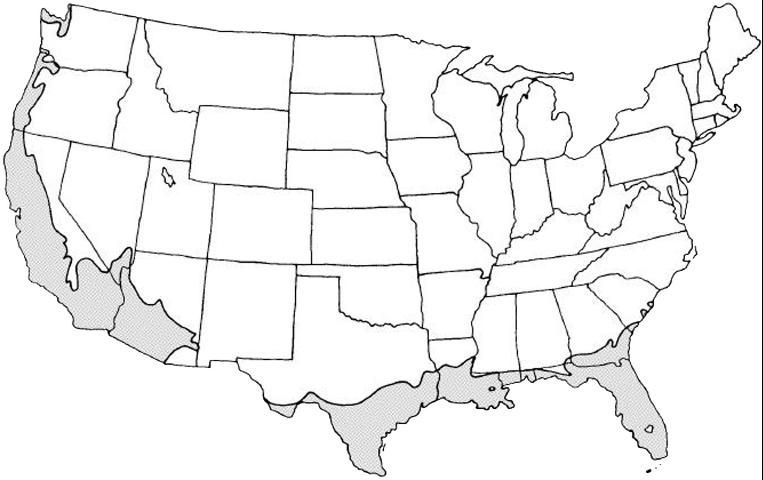
Credit:
Description
Height: 6 to 12 feet
Spread: 10 to 15 feet
Plant habit: round
Plant density: moderate
Growth rate: fast
Texture: coarse
Foliage
Leaf arrangement: spiral
Leaf type: simple
Leaf margin: undulate
Leaf shape: saggitate (arrow)
Leaf venation: pinnate
Leaf type and persistence: evergreen
Leaf blade length: 18 to 36 inches
Leaf color: green
Fall color: no fall color change
Fall characteristic: not showy
Flower
Flower color: green
Flower characteristic: flowers periodically throughout the year; pleasant fragrance
Fruit
Fruit shape: unknown
Fruit length: unknown
Fruit cover: fleshy
Fruit color: green
Fruit characteristic: inconspicuous and not showy
Trunk and Branches
Trunk/bark/branches: showy; usually with one stem/trunk
Current year stem/twig color: brown
Current year stem/twig thickness: very thick
Culture
Light requirement: plant grows in part shade/part sun; plant grows in the shade
Soil tolerances: occasionally wet; slightly alkaline; clay; sand; acidic; loam
Drought tolerance: moderate
Soil salt tolerances: poor
Plant spacing: 36 to 60 inches
Other
Roots: usually not a problem
Winter interest: no special winter interest
Outstanding plant: plant has outstanding ornamental features and could be planted more
Pest resistance: long-term health usually not affected by pests
Use and Management
When given enough room to spread, selloum makes a handsome foundation or specimen planting and can also be used in large containers, where it looks especially attractive at poolside.
Although appearing as if it would need deep shade, selloum actually grows quite well in full sun or partial shade and needs fairly rich, moisture-retentive soil to look its best. Most people planting this shrub forget how large it can grow.
The cultivar 'Lundii' is more compact in form.
Propagation is by division of the offshoots or from seed.
Pests and Diseases
No pests or diseases are of major concern.
Infrequent pests include mites and scale.